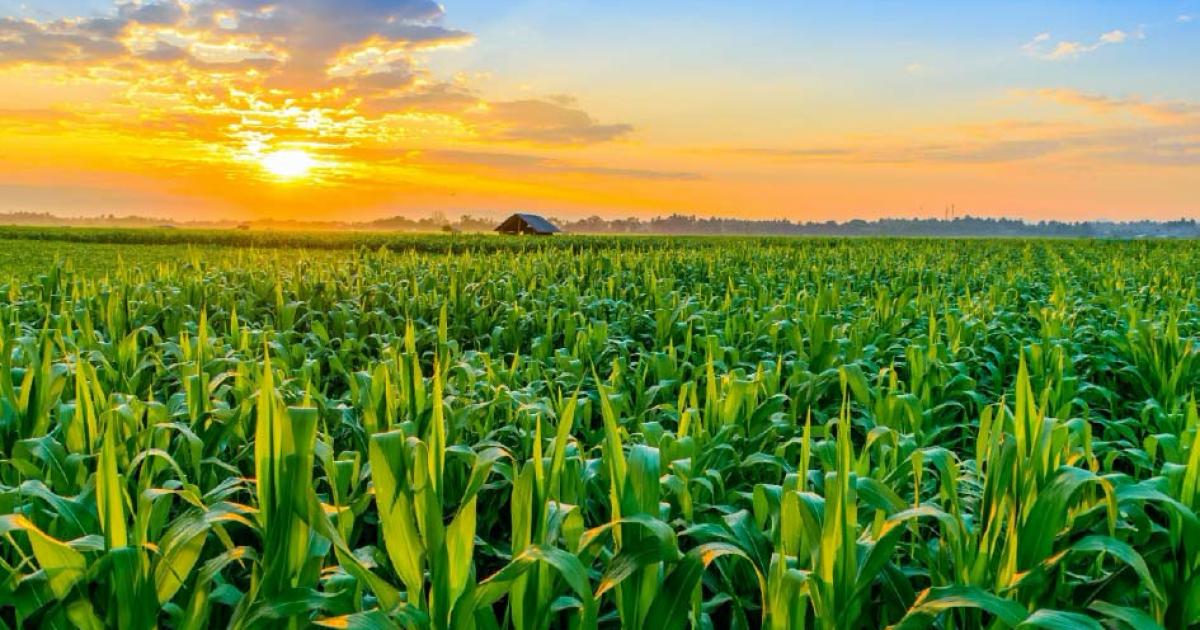Brinjal
Shoot and Fruit Borer

Shoot and Fruit Borer
Leucinodes orbonalis

Shoot and Fruit Borer
Leucinodes orbonalis

Shoot and Fruit Borer
Leucinodes orbonalis

Shoot and Fruit Borer
Leucinodes orbonalis
Introduction: EFSB (Leucinodes orbonalis) is a significant pest affecting garden egg (Solanum gilo) in Nigeria, causing severe shoot and fruit damage. Understanding its biology is essential for effective management.
Life Cycle:
-
Completes life cycle in approximately 28 days under favorable conditions.
-
Involves egg, larval, pupal, and adult stages.
Reproductive Parameters:
-
Male to female ratio: 1:2
-
Fecundity: 123 (actual) to 207 (potential) eggs per female
Nature of Damage:
-
Larvae bore into shoots, stems, and fruits, causing wilting and yield loss.
-
Infested fruits have boreholes plugged with excreta, reducing market value.
-
Yield loss: 30-50% in brinjal crops.
-
ETL: 0.5% shoot and 5% fruit damage or 8-10 moths/day/trap.
Identification:
-
Eggs: Creamy white, laid singly or in groups.
-
Larvae: Pink with sparse hairs and brownish head.
-
Pupa: Boat-shaped cocoon.
-
Adult: White wings with brown and red triangular markings.
Integrated Pest Management (IPM):
-
Destroy damaged shoots and fruits to prevent population buildup.
-
Avoid continuous mono-cropping and uproot heavily infested plants.
-
Use pheromone traps and light traps for monitoring and mass trapping.
-
Erect bird perches to encourage predatory birds.
-
Grow resistant varieties (e.g., Pusa Purple Round, Pant Samrat).
-
Release egg and larval parasitoids (Trichogramma chilonis, Pristomerus testaceus).
-
Use organic insecticides like neem oil, Beauveria bassiana, and Bacillus thuringiensis.
-
Apply chemical insecticides (Lambda-cyhalothrin, Emamectin benzoate) if infestation crosses ETL.
Conclusion: Integrated pest management, combining cultural, biological, and chemical methods, is essential for controlling EFSB and minimizing crop losses.
Image: PlantVillage
